Itabashi-shuku : A Historic Walk Down the Old Nakasendo Trail
Itabashi-shuku, located in Itabashi City on the northwest side of Tokyo, was the first post town on the Nakasendo Trail, a historic inland thoroughfare between Kyoto and Edo (present day Tokyo). Throughout the Edo Period (1603-1868), Itabashi-shuku was a vital stopping point for noblemen and tradesmen alike as they traveled back and forth to the capital. Being the first of the 69 post towns, Itabashi-shuku was one of the most important, and largest: it was split into three sections: Kami-shuku, Naka-shuku, and Hirao-shuku. It was the last stop before samurai lords visited the shogun, or the first before setting out on a dangerous journey into the wilderness. Over 400 years later we can still walk the same path as these intrepid journeymen and imagine what it was like back then.
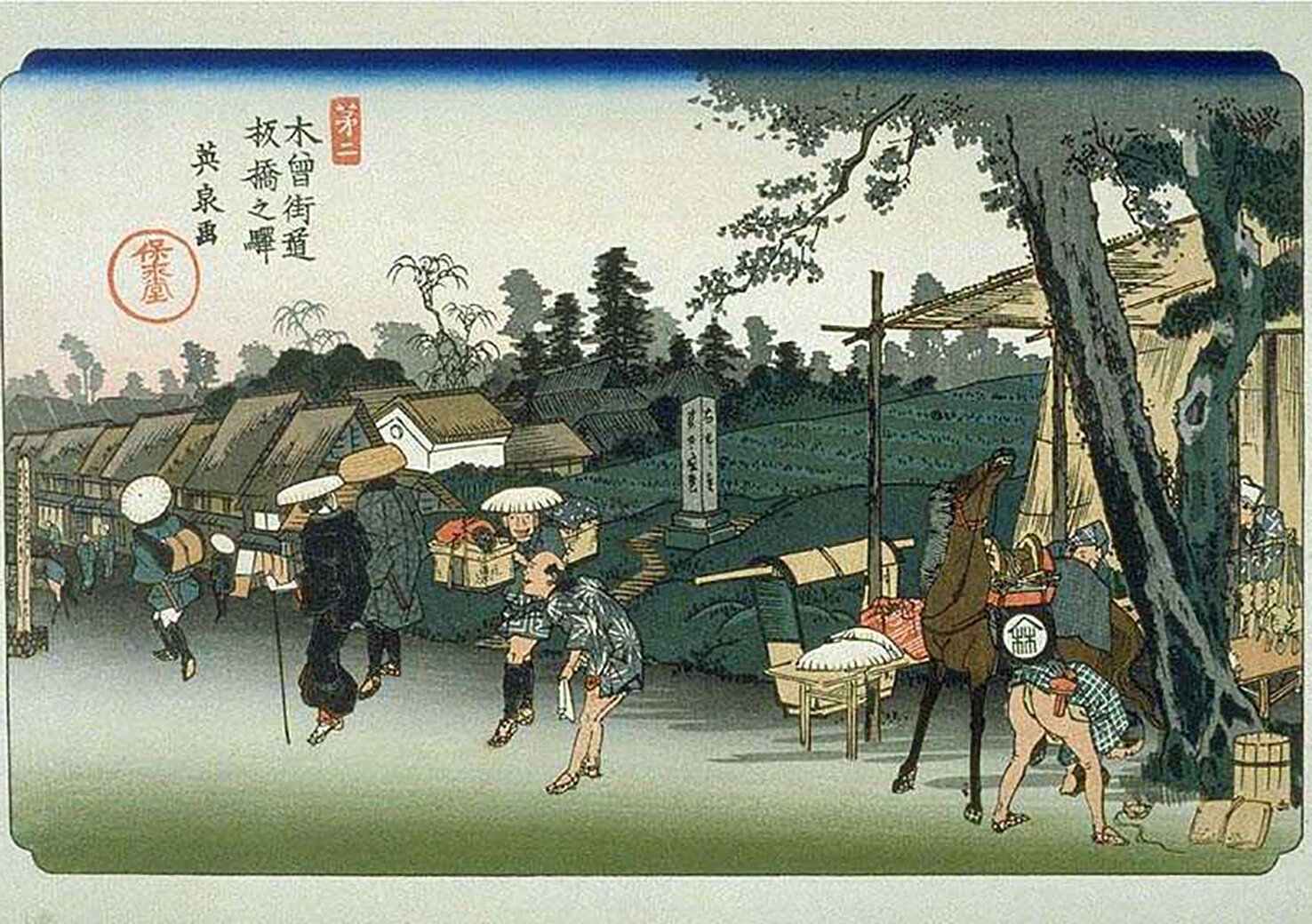 Eisen Keisai's print of Itabashi-shuku, part of the series The Sixty-nine Stations of the Kiso Kaidō
Eisen Keisai's print of Itabashi-shuku, part of the series The Sixty-nine Stations of the Kiso Kaidō
Starting Point
There are several places to start, but the two easiest starting locations are JR Itabashi Station (JR) and Shin-Itabashi Station (Toei Mita Line).
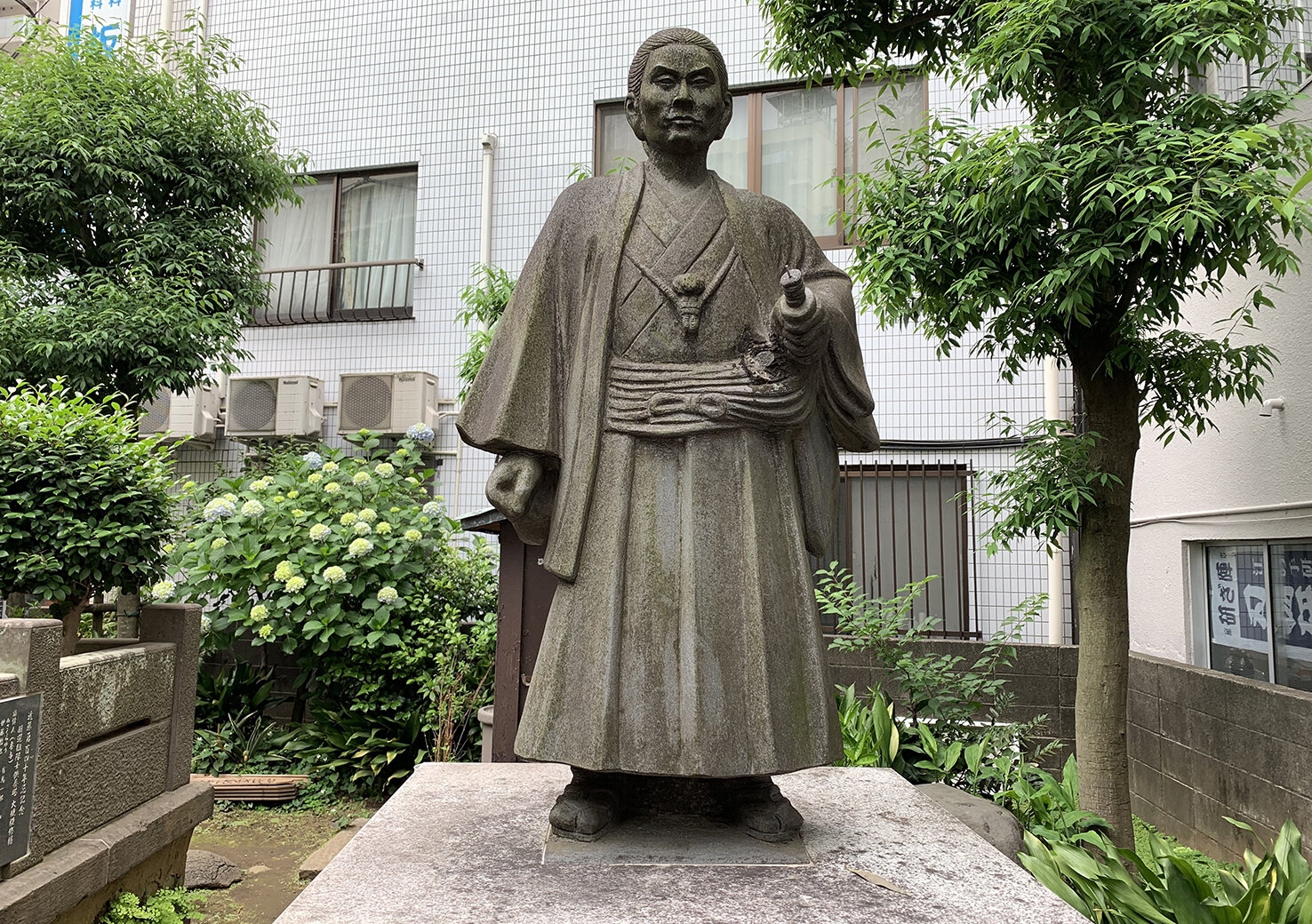
Isami Kondo's Grave
From JR Itabashi Station's east exit, walk across the main square, and within 30 seconds you'll find yourself outside the tomb of one of Japan's most famous samurai: Isami Kondo.
Kondo headed the Shinsengumi, a special police force that was entrusted with the task of protecting the shogun during the mid-1800s. There was increasing support to reinstate the emperor as ruler of Japan over the military ruler at that time, and Kondo met an untimely end as the pro-imperial forces gained ground, after being put on trial he was sentenced to death and beheaded. Kondo's head was salted and put on display at Kyoto's Sanjogawara, while the rest of his body is interred at the grave site near Itabashi Station.
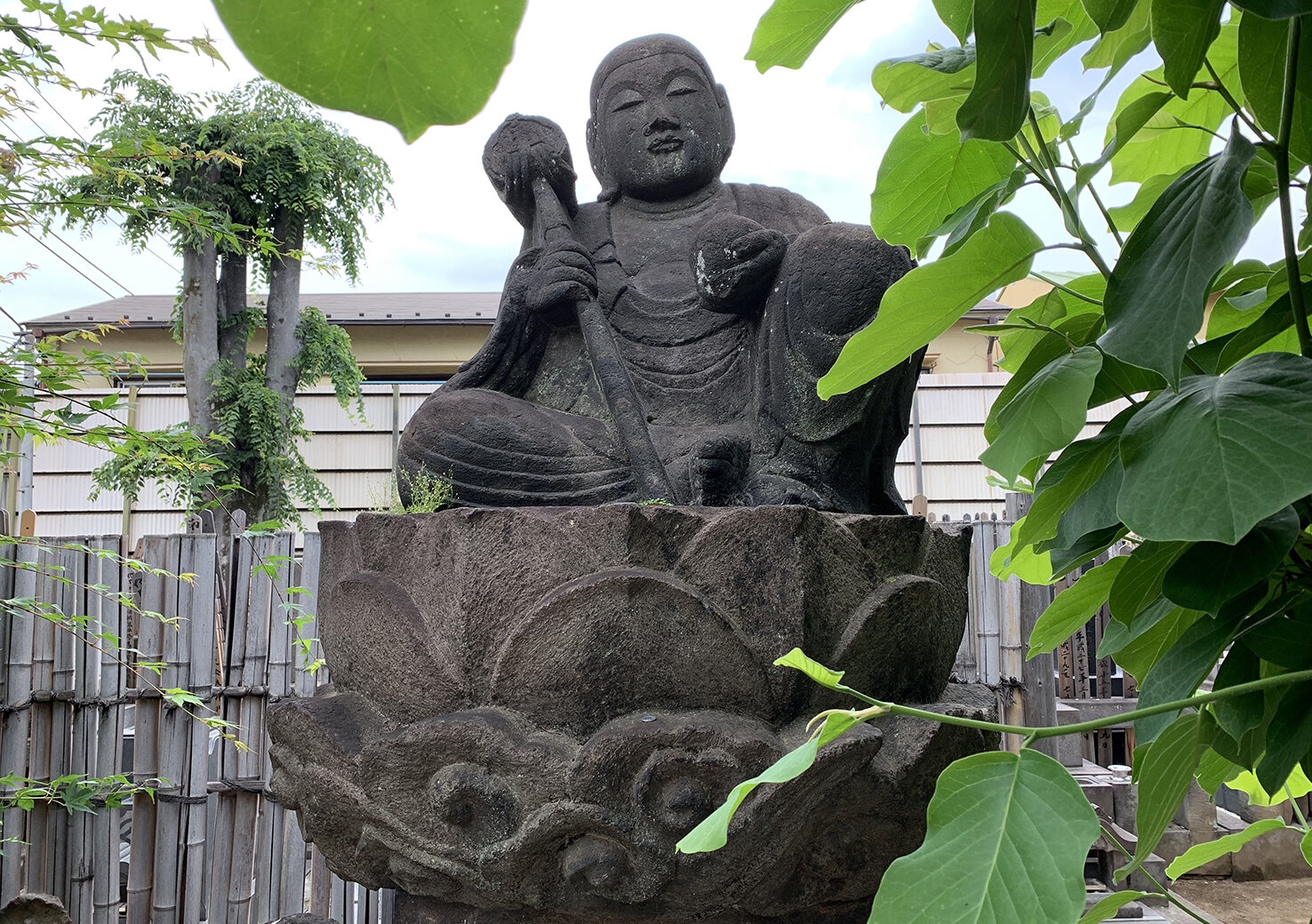
Tokoji Temple
Head 15 minutes northwest from Kondo's gravesite down Kyu-Nakasendo Avenue to reach the main shopping street that stretches across the Itabashi area. Before entering, head right to Tokoji Temple, an impressive modern structure in the middle of a residential area.
Don't be fooled by its looks -- the temple is said to have been established in the Muromachi period (1336-1573)! It boasts one of the oldest stone monuments known as koshinto in Tokyo, as well as a sitting Jizo statue, which is rare -- most Jizo statues are depicted standing. Behind these statues, inside the graveyard, there is also a Kannon statue dedicated to deceased pets.
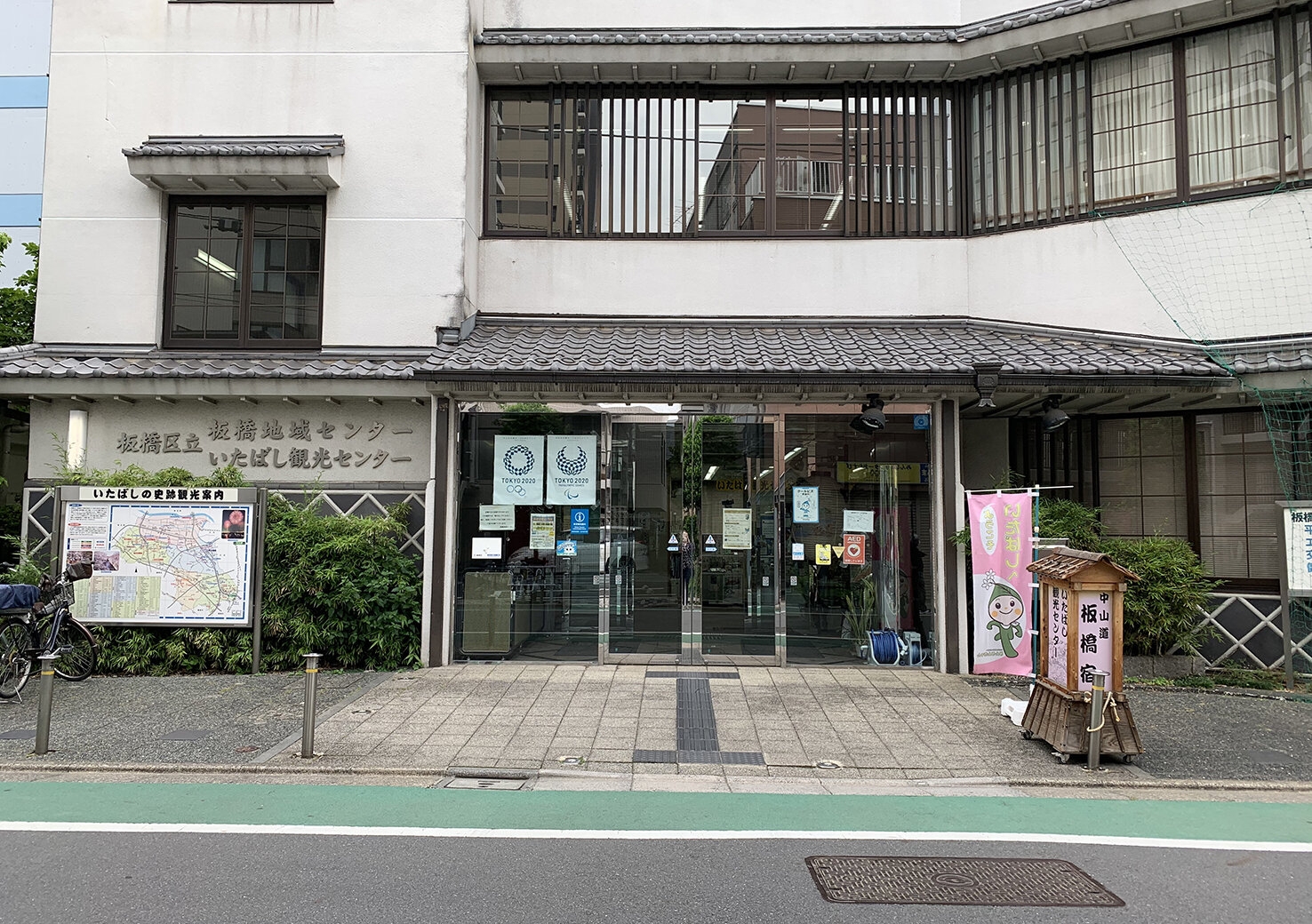
Itabashi Tourism Center
Walk about 5 minutes to reach the Itabashi Tourism Center. This facility is filled with information about the Nakasendo Trail, as well as life in Itabashi-shuku in eras long ago.
Most of the information is in Japanese, but some English is available and staff members are friendly and extremely well-versed in the area's fascinating history. Even without any Japanese you can still get a fantastic overview of how the area looked through woodblock print imagery and understand more about the culture through replicas of sacred monuments and the layout of historic maps.
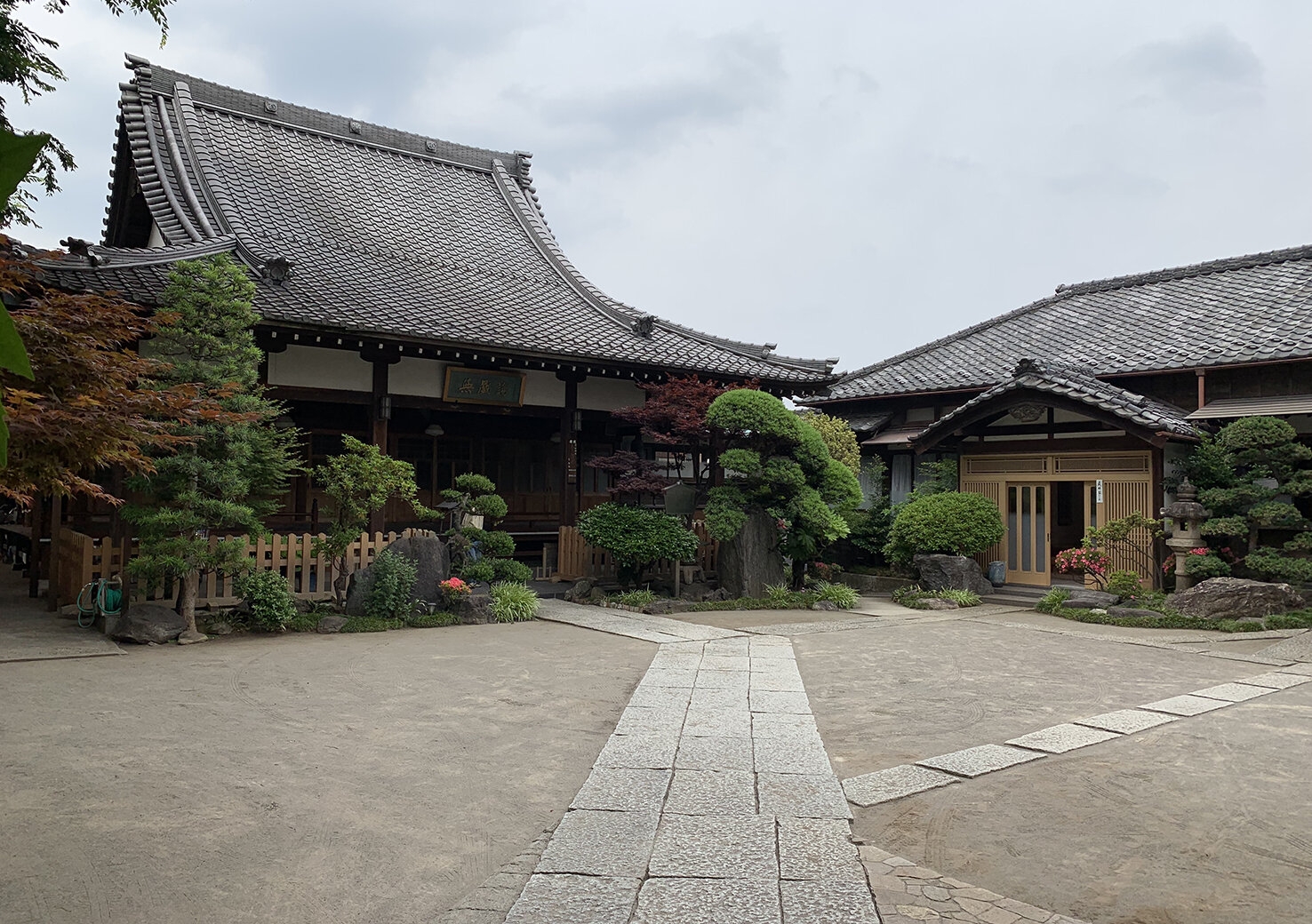
Monjuin Temple
From the Tourism Center, walk 8 minutes down Itabashi's main shopping street. This route gives the best insight into what daily life in Itabashi is like today. The streets are filled with locals going about their daily business.
Turn the corner behind one of the main supermarkets and you'll be transported into another world! Monjuin Temple was the family temple of the Iida family, who essentially controlled Itabashi-shuku. Keep an eye out for the intimidating Enma statue, which is said to keep track of the sins of the dead and pass judgement on them -- or perhaps to deter people from bad deeds by reminding them that there is always someone watching over them.
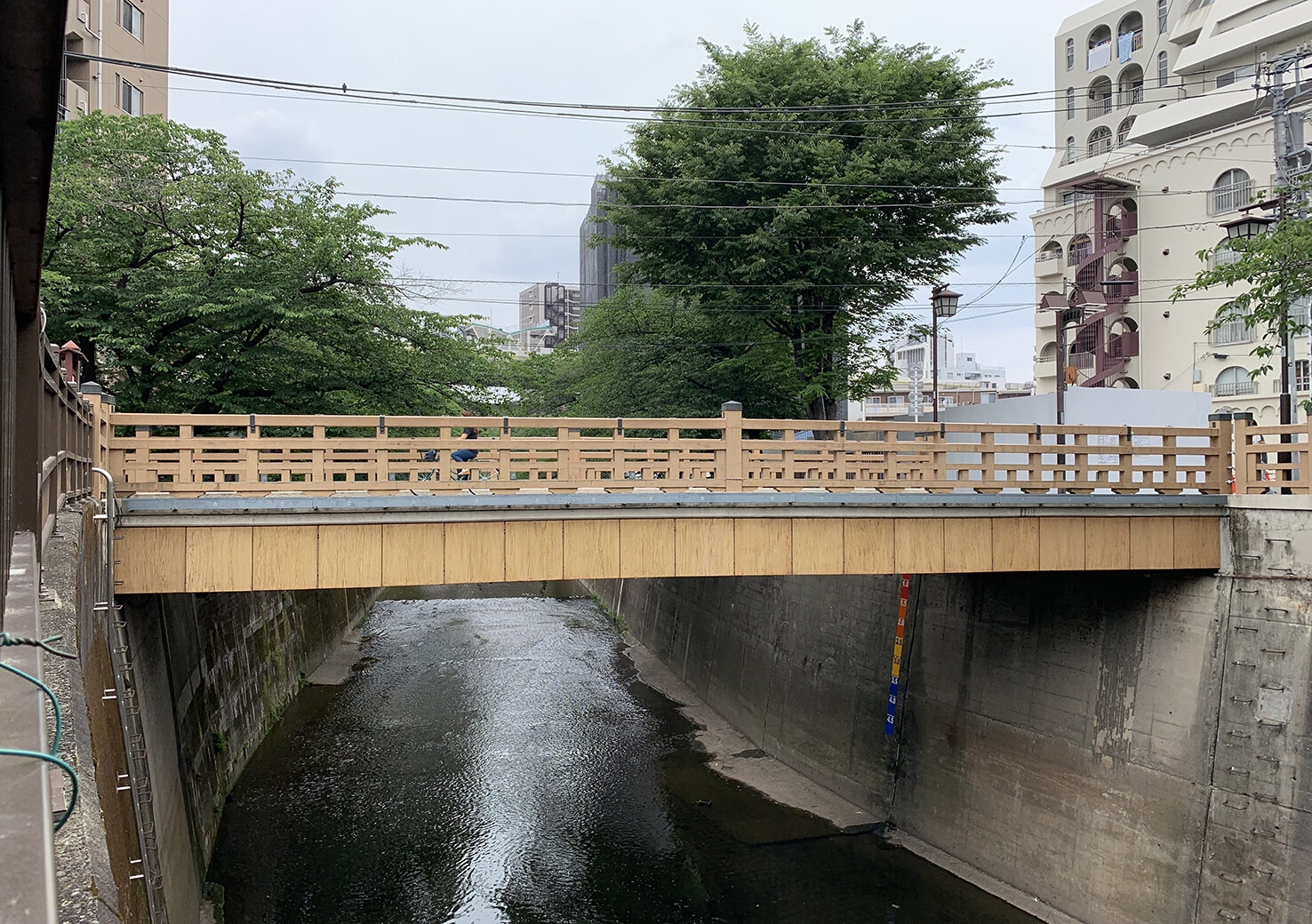
Itabashi Bridge
Less than 5 minutes down Kyu-Nakasendo Avenue from Monjuin Temple, you'll be met with one of Itabashi's top 10 most beautiful views: Itabashi Bridge.
The area takes its name from this bridge, which literally means "wooden plank bridge". Though it has been rebuilt many times, its most recent incarnation still retains a traditional air. Pop by in spring to see beautiful cherry blossoms hanging over the Shakujii River. With 1,000 cherry trees lining the riverside, it's one of the most beautiful hidden spots for hanami, flower viewing, in Tokyo.
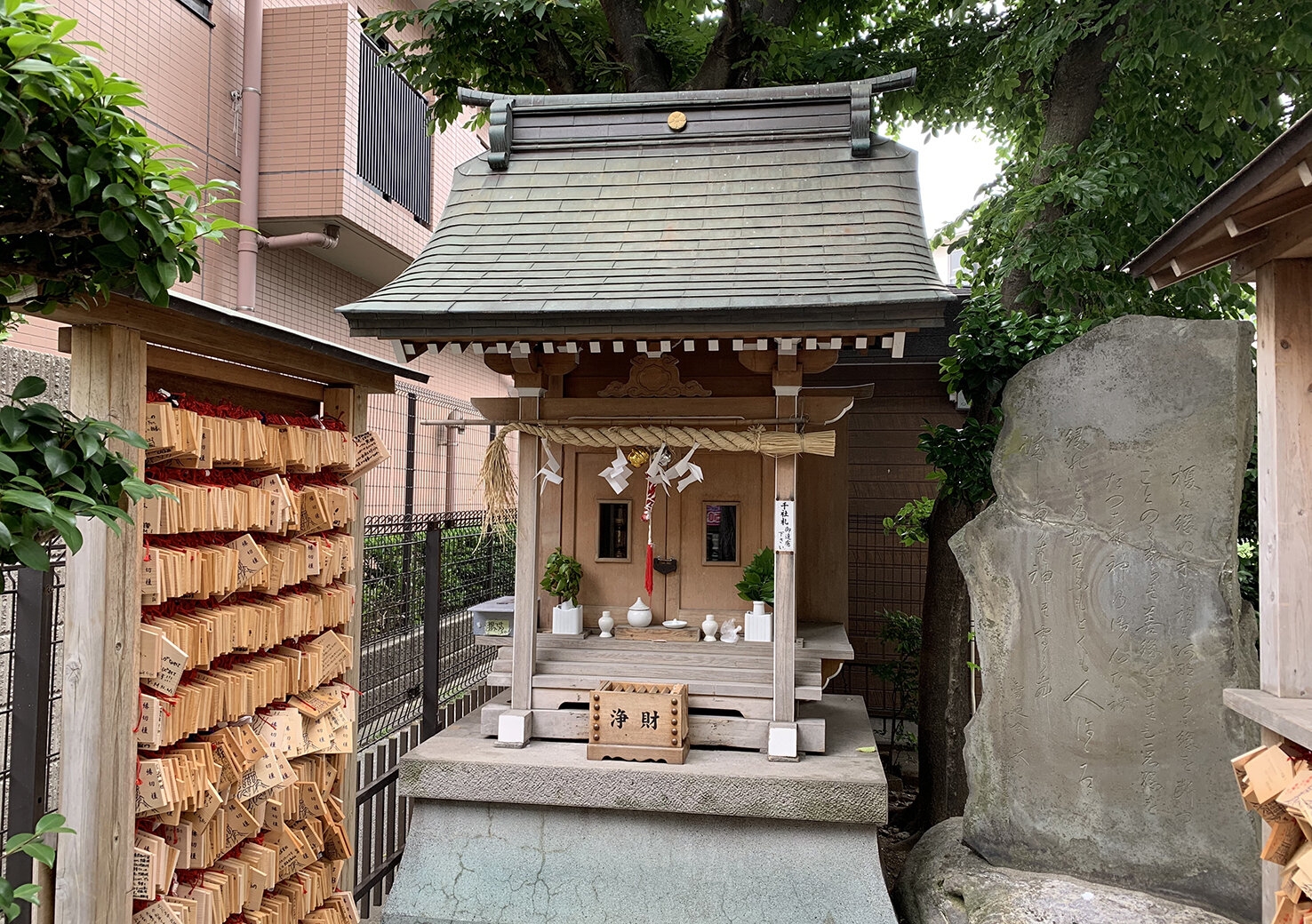
Enkiri Enoki Tree and Shrine
Just 2 minutes from Itabashi Bridge is a mystical spot that is even today revered by many people as site of spiritual importance.
The Enkiri Enoki tree has been worshipped for centuries as both locals and travelers alike believe it has the power to help people cut ties. While this may initially seem like a negative thing, by removing things that burden you, it also opens up potential for new things to enter your life. A tiny Shinto shrine sits behind the tree -- which is a younger incarnation of the original -- for those who would like to take a moment to pray for the strength to break ties with toxic people or to break bad habits to make room for better ones to improve their lives.
Why don't you take a walk down the old Nakasendo road to see what you might discover?
This article was written by Lisa Wallin.
*This article was posted on the Life in Tokyo website operated by the Tokyo International Communication Committee on August 26, 2019.
